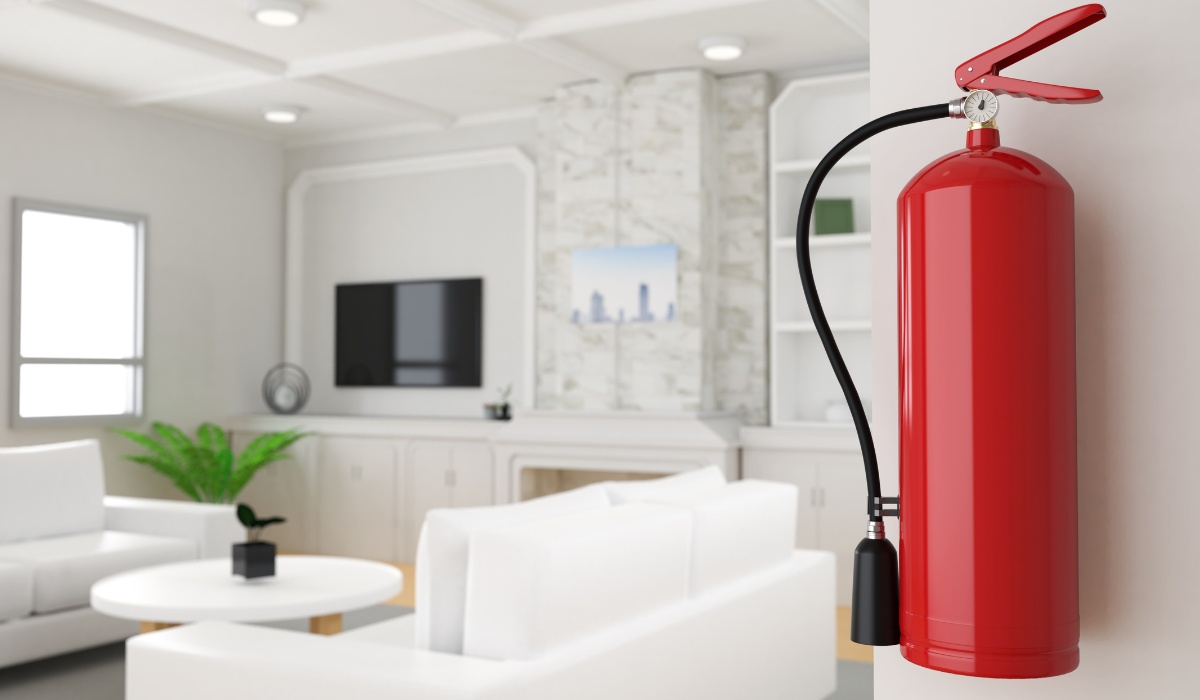Home renovations can be an exciting and transformative process, but they also come with inherent risks if proper safety measures are not taken. Whether you’re planning a minor upgrade or a major overhaul, ensuring the safety of your home, family, and workers should be a top priority. This comprehensive guide aims to equip you with the necessary knowledge and best practices to maintain a secure environment during your renovation project.
Assess and Address Potential Hazards
Identify and Mitigate Structural Risks
Before embarking on any renovation work, it’s crucial to assess the structural integrity of your home. Consult with a qualified professional, such as a structural engineer or building inspector, to identify potential risks like:
- Load-bearing walls
- Compromised foundations
- Weakened beams or columns
They will provide guidance on necessary reinforcements or precautionary measures to ensure the stability of your home during construction.
Asbestos and Lead-Based Paint Concerns
Older homes may contain hazardous materials like asbestos and lead-based paint, which can pose serious health risks if disturbed. Hire a certified professional to conduct thorough inspections and safely remove or encapsulate these materials before proceeding with renovations.
Secure the Construction Site
Establish Clear Boundaries and Restricted Areas
Clearly define the boundaries of the construction site and restrict access to authorized personnel only. Install temporary barriers, fencing, or warning signs to prevent accidental entry by children, pets, or unauthorized individuals.
Implement Proper Signage and Safety Protocols
Ensure that all necessary safety signage is prominently displayed throughout the construction site. This includes warnings for potential hazards, emergency exit routes, and instructions for personal protective equipment (PPE) usage.
Protect Your Family and Home
Create a Safe Zone for Children and Pets
If you have children or pets, designate a safe zone within your home that is completely separate from the construction area. This space should be kept clean, organized, and free from any potential hazards.
Cover and Protect Sensitive Areas
Protect sensitive areas of your home that are not under renovation by covering floors, furniture, and surfaces with heavy-duty plastic sheeting or drop cloths. This will prevent dust, debris, and potential damage from construction activities.
Electrical and Plumbing Safety
Hire Licensed Professionals for Specialized Work
Electrical and plumbing work should only be performed by licensed and insured professionals. Attempting to handle these tasks yourself can lead to costly mistakes, injuries, or even life-threatening situations.
Temporary Power and Water Solutions
If your renovation project requires temporary power or water solutions, ensure that they are installed and maintained by qualified professionals. Follow all safety protocols and regularly inspect these temporary systems for potential hazards.
Fire Safety and Emergency Preparedness

Install Smoke Detectors and Fire Extinguishers
Ensure that operational smoke detectors are installed throughout your home, including in the construction area. Additionally, keep fire extinguishers readily accessible and familiarize yourself and your family with their proper usage.
Develop an Emergency Evacuation Plan
Create and practice an emergency evacuation plan with your family. Identify multiple exit routes and establish a safe meeting point outside your home in case of an emergency during the renovation process.
Proper Ventilation and Air Quality
Manage Dust and Debris
Renovations can generate significant amounts of dust and debris, which can pose health risks if not properly managed. Implement dust control measures, such as sealing off work areas, using dust barriers, and employing high-efficiency particulate air (HEPA) filtration systems.
Ensure Adequate Ventilation
Proper ventilation is crucial during renovations, especially when using paints, solvents, or other chemicals. Open windows and doors or install temporary ventilation systems to maintain a safe indoor air quality.
Hire Reputable and Insured Contractors
Thoroughly Vet Contractors and Their Qualifications
When hiring contractors for your renovation project, thoroughly research their credentials, licenses, insurance coverage, and reputation. Request references from previous clients and verify their insurance policies to ensure you are protected in case of accidents or damage.
Communicate Safety Expectations and Protocols
Clearly communicate your safety expectations and protocols to your contractors from the outset. Establish a mutual understanding of the safety measures that need to be followed throughout the renovation process.
Home safety during renovations should never be overlooked. By following the guidelines outlined in this comprehensive guide, you can minimize risks, protect your family and home, and ensure a smooth and successful renovation experience. Remember, prioritizing safety is not just a responsibility – it’s an investment in your well-being and the longevity of your newly renovated home.
For professional and safe home remodeling services in Sherman Oaks, CA, trust See The Future Construction Inc. Our experienced team prioritizes safety and quality, ensuring your renovation project is completed with the utmost care and attention to detail. Contact us today to discuss your project and experience a stress-free renovation process.

